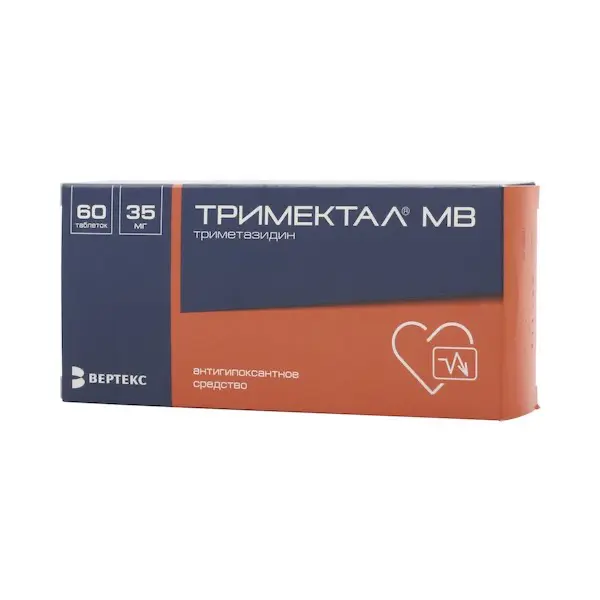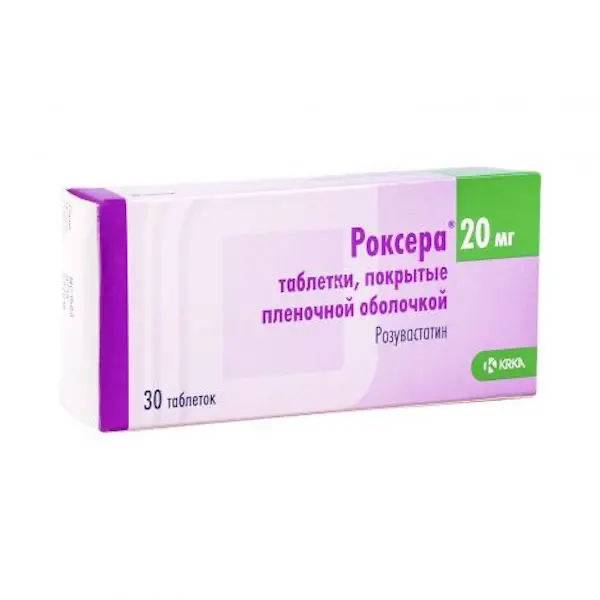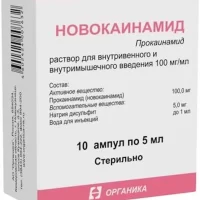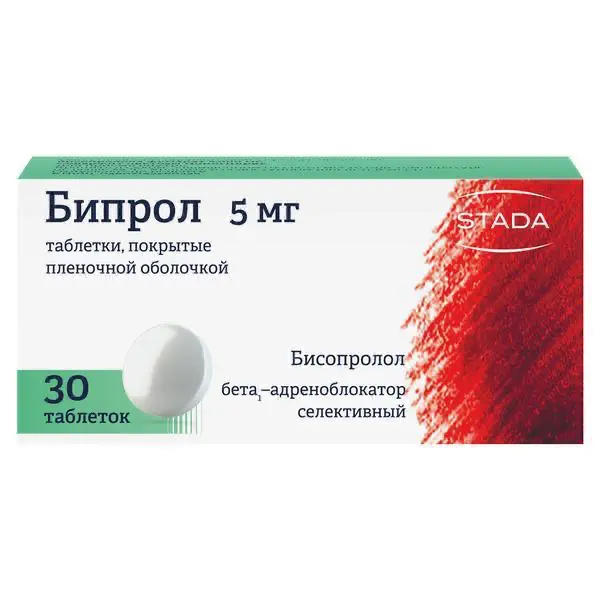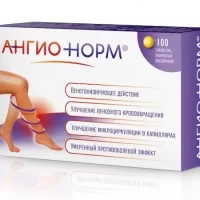Description
Trimectal CF Pharmacodynamics
Mechanism of action
Trimetazidine prevents decrease in intracellular concentration of adenosine triphosphate (ATP) by maintaining energy metabolism of cells under hypoxia. Thus, the drug ensures normal functioning of membrane ion channels, transmembrane transport of potassium and sodium ions and preservation of cellular homeostasis.
Trimetazidine inhibits fatty acid oxidation through selective inhibition of the enzyme 3-ketoacyl-CoA-thiolase (3-CAT) mitochondrial long-chain fatty acid isoform, which leads to increased glucose oxidation and accelerated glycolysis with glucose oxidation, which is responsible for myocardial protection from ischemia. The switch of energy metabolism from fatty acid oxidation to glucose oxidation underlies the pharmacological properties of trimetazidine.
Pharmacodynamic properties:
Supports energy metabolism of cardiac and neurosensory tissues during ischemia;
reduces the severity of intracellular acidosis and changes in transmembrane ion flow that occur during ischemia;
lowers the migration and infiltration of polynuclear neutrophils in ischemic and reperfused heart tissues;
Reduces the size of myocardial damage;
has no direct effect on hemodynamic indices.
In patients with angina pectoris trimetazidine:
Increases coronary reserve, thereby delaying the onset of exercise-induced ischemia beginning on day 15 of therapy;
limits exercise-induced blood pressure (BP) fluctuations without significant changes in heart rate;
significantly reduces the frequency of angina attacks and the need for short-acting nitroglycerin;
improves left ventricular contractile function in patients with coronary dysfunction.
The results of clinical studies have confirmed the efficacy and safety of trimetazidine in patients with stable angina pectoris both in monotherapy and as part of combination therapy when the effect of other antianginal drugs is insufficient.
In a study involving 426 patients with stable angina pectoris (TRIMPOL-II), the addition of trimetazidine (60 mg/day) to therapy with metoprolol 100 mg/day (50 mg twice daily) for 12 weeks statistically significantly improved exercise test results and clinical symptoms compared with placebo: total duration of exercise tests, total time to exercise, time to ST-segment depression by 1 mm, time to angina attack development, number of angina attacks per week, and consumption of short-acting nitrates per week, with no hemodynamic changes.
In a study involving 223 patients with stable angina (Sellier), the addition of trimetazidine at a dose of 35 mg (2 times daily) to therapy with atenolol at a dose of 50 mg (once daily) for 8 weeks resulted in a 1-mm increase in time to development of ischemic ST-segment depression on exercise tests in a subgroup of patients compared with placebo. A significant difference was also shown for the time to development of angina attacks. No significant differences were found between groups for other secondary endpoints (total duration of exercise tests, total loading time, and clinical endpoints).
In a study involving 1962 patients with stable angina pectoris (Vasco), trimetazidine (70 mg/day and 140 mg/day) was added to therapy with atenolol 50 mg/day compared with placebo. In the general population, including both asymptomatic and symptomatic patients with angina, trimetazidine showed no benefit on ergometric and clinical endpoints. However, in a retrospective analysis in a subgroup of patients with symptomatic angina, trimetazidine (140 mg) significantly improved overall exercise test time and time to angina attack.
- Tablets should be taken in whole, without chewing, with water.
- Inside, 1 tablet 2 times a day, morning and evening, with a meal.
- Evaluation of the benefits of treatment should be carried out after 3 months of taking the drug.
- Trimetazidine should be discontinued if no improvement has occurred during this time.
- The duration of the treatment course is as recommended by the physician.
- Special patient groups
- Patients with impaired renal function
- Patients with moderate renal impairment
- (CKD 30-60 ml/min), the daily dose is 35 mg (1 tablet), in the morning during breakfast.
- Elderly patients
- Elderly patients may have increased exposure to trimetazidine due to age-related decreased renal function (see section “Pharmacological properties”). In patients with moderate renal impairment (CKD 30-60 ml/min), the recommended daily dose is 35 mg (1 tablet), in the morning with breakfast.
- Dosage adjustment in patients over 75 years old should be performed with caution (see section “Special indications”).

